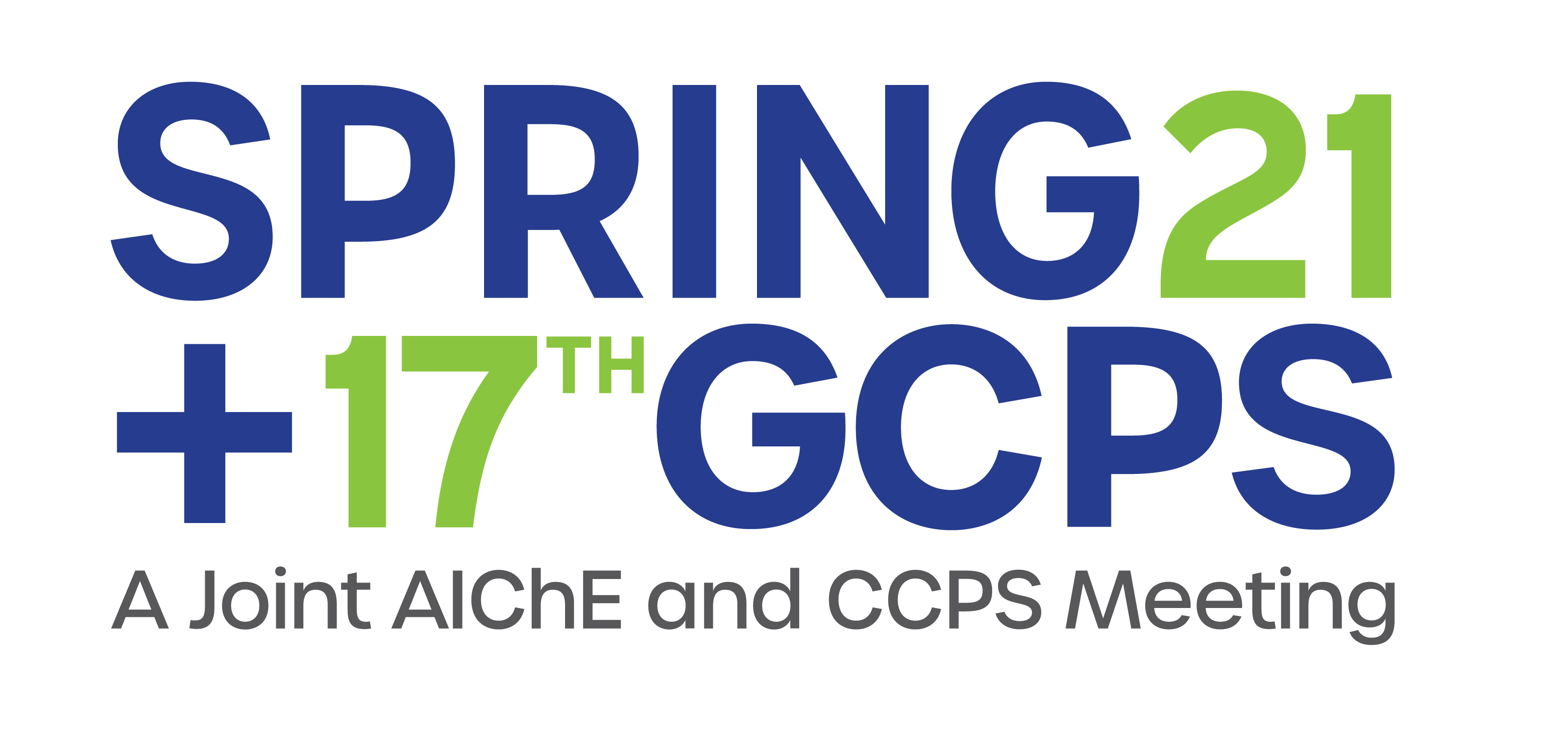

The effectiveness of a toxic refuge (Safe Haven, Shelter-in-Place location, etc.) depends on three primary elements: 1) The release scenario; 2) The building design and construction; and 3) The emergency response plan. The concepts of all three elements must work together and there is no order or weighting of importance to the three elements - all three elements must be in place and functioning to ensure the effectiveness of sheltering and evacuation to protect against toxic exposure.
To apply these three criteria there has to be a fundamental understanding of three toxic refuge concepts:
- The expectation of the toxic release as a plume (not a circle) and a corresponding hierarchy of emergency response
- The aggregation of risk is higher the closer a toxic refuge is located to a toxic release source
- The centerline dispersion basis of toxic release scenarios and the interaction of differing building infiltration rates
The release scenario establishes the credible basis for the toxic refuge design, and the emergency response plan utilizes the scenario and refuge design to determine the magnitude of response. For example, if an ongoing event is more severe than the design point of a toxic refuge, then the emergency response plan would call for an evacuation / rescue of the building occupants. And if the event is less severe than credible basis for the toxic refuge design, then evacuation / rescue may not be needed.
In addition, if the building’s intended purpose (such as a control center) dictates how long a building needs to be occupied (for example, to safely park the operating units), this requirement, in conjunction with the release scenarios, can establish a priority for building design improvements.
If a site evaluates the Toxic Refuge and determines that the safe exposure inside is shorter than is needed to transition the facility to a safe state, the site can take actions in any one of three (or multiple) areas. For instance, in this case the emergency response plan can be altered to evacuate the building occupants earlier or provide protective suits. The process facility design can be altered to add another protection layer such as increased the water suppression available, faster detection and response time, or a more sophisticated de-inventorying design. The toxic refuge design can be improved by adding scrubbing capacity, improving the building tightness, adding an interior safe room. In this case it is easy to see how the decision analysis process for this situation can be iterative as changes to one of the elements affects the other two.
Presenter(s)
Language
Pricing
Individuals
| AIChE Member Credits | 0.5 |
| AIChE Pro Members | $19.00 |
| AIChE Graduate Student Members | Free |
| Safety and Health Division Members | Free |
| AIChE Undergraduate Student Members | Free |
| AIChE Explorer Members | $29.00 |
| Non-Members | $29.00 |
